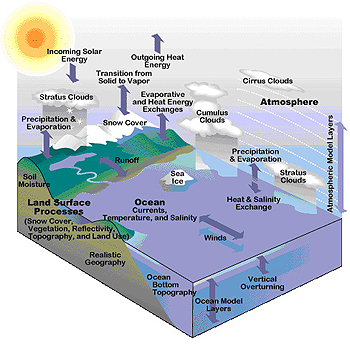This picture shows some of the "parts" of a computer model. This model has both the atmosphere and the ocean in it.
Click on image for full size
UCAR
Coupled Ocean-Atmosphere Models
Scientists use computer models to help them understand the Earth. They use them to study the atmosphere. They also use them to study the oceans. Some computer models just have the atmosphere in them. Other models just have the oceans in them. There is a third kind of model. It is more complicated than the other two kinds. It has the oceans and the atmosphere in it. Scientists call the third kind a "coupled model".
Coupled models can be more like the real world. In the real world, there are connections between the ocean and the atmosphere. When it rains over the ocean, the ocean gets more water in it. Some of the water vapor leaves the air. When the Sun heats the ocean, water evaporates from the ocean. That water goes into the air. It can form clouds.
Why don't scientists always use coupled models? The models are very, very complicated. It takes a lot of work to makes sure the answers from them are right. They also take a long time to run, even on fast supercomputers. Sometimes the models that are not coupled give answers that are good enough. Other times the problems are more complex. That's when scientists use coupled models.
You might also be interested in:
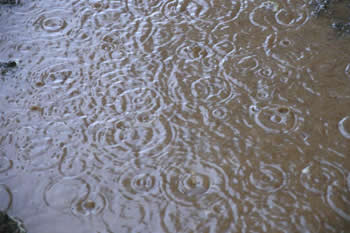
Raindrops form when tiny water droplets collide together in clouds to form bigger ones. When they get too heavy, rain falls out of the clouds. Rain is more than 5mm in diameter. The types of clouds that
...more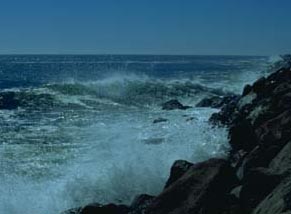
Have you ever left a glass of water out for a long time? Did you notice that the water disappears after a few days? That's because it evaporated! Evaporation is when water passes from a liquid to a gas.
...more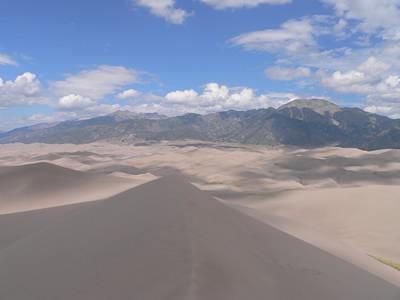
A cloud is composed of tiny water droplets or ice crystals. A series of things have to happen in order for these water droplets or ice crystals to form into clouds in the atmosphere, and different types
...more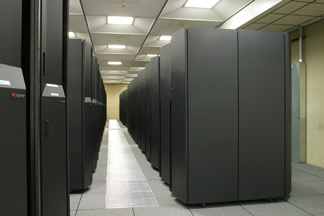
How will Earth’s climate change in the future? Scientists use climate models to figure that out. But how do they know whether the predictions are correct? How do they figure out whether the model is doing
...more
Some science problems are so complicated that you need SUPERCOMPUTING power to tackle them! Just what is a supercomputer? A supercomputer is a computer that is one of the fastest or most powerful computers
...more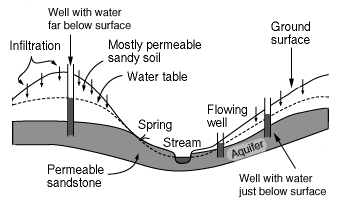
An aquifer is the name for a layer of rock which is capable of holding a large amount of water. Some layers are better at holding water than others, for example a layer of sandstone can hold a good deal
...more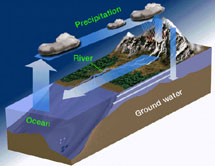
Limestone is an example of a carbonate. Other examples of carbonates include calcite, dolomite, and marble. Limestone dissolves easily in rainwater, especially rainwater which is loaded with carbonic acid.
...more


